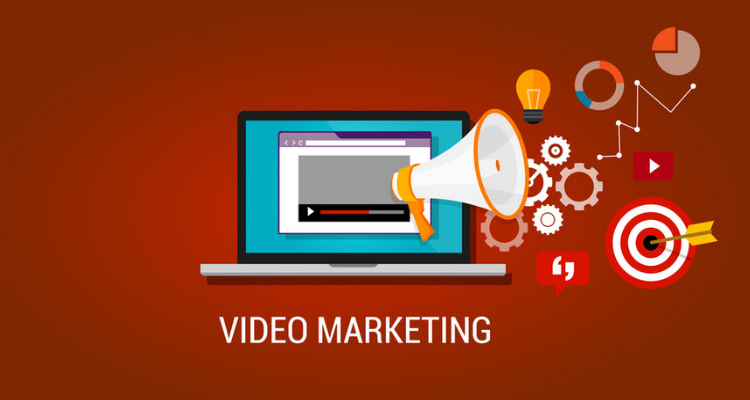Regardless of the niche or industry, most businesses nowadays want their website to provide the ultimate user experience. After all, a website that can delight both old and new customers is more likely to perform better compared to the others.
As the behaviour of buyers online continues to evolve, the importance of having a fast website is something businesses can no longer overlook.
At the end of the day, slow websites will have a high bounce rate, low number of conversions, and low number of pages per visit. Therefore, it is vital to remember that when it comes to websites, most visitors expect them to load in less than three seconds!
The importance of speed cannot be overstated. This is especially true for businesses with conversion funnels that involve multiple steps and pages since drop-offs are more likely to occur. If a slow website is added to the mix, said drop off is even more amplified.
The Impact Of Site Speed On Search Engine Optimisation (SEO)
As the world becomes increasingly mobile, more people expect online services to be on demand and delivered seamlessly. If your site speed is slow, it can seriously impact your SEO efforts.
For Google, the time it takes for a page to load is an integral part of the overall user experience. Inability to interact with a page, waiting for the content to appear, and even the mere experience of noticing delays can create friction.
This friction can translate into lost revenue for the business. Not only that, if a visitor has had an unpleasant experience due to slow site speed, it can leave a lasting negative impression.
Here’s an interesting statistic: Research showed that the level of stress people experienced waiting for a site to load has been found to be more intense than watching a horror movie. Imagine that!
How Slow Site Speed Can Hurt Your Rankings
Most of the research that has been done on consumer behaviour indicates that speed can have a massive (and dramatic) impact on the outcomes:
- 20% of people abandon their carts when the transaction process is too slow
- Amazon discovered that every 100ms of latency can cost them 1% in sales
- BBC found out that they lose an additional 10% of users for every additional second it takes for their site to load
This type of site abandonment occurs because most users don’t have the patience to wait for slow sites to load fully or complete their transactions. These poor experiences can also cause site visitors to visit other websites and convert with the competitors.
How To Make Your Website Load Fast: 5 Fool Proof Ways
Here are simple yet highly effective ways to ensure your site speed will not hurt your business and your SEO efforts this 2020:
1. Optimise Your Images
Many sites are guilty of uploading images that are not optimised. While seemingly harmless, not optimising images can cause sites to load slower. In essence, image optimisation entails the saving and delivering of images in the smallest possible file without affecting its quality.
WordPress has free plugins like Smush which removes any hidden information in the images. Images that are uploaded to WordPress are also scanned so any unnecessary data are removed. This means the file size is decreased but the image quality is not compromised.
Mac users can also make use of a free program called ImageOptim. It works by optimising compression parameters and removing junk metadata as well as other unnecessary colour profiles. Image formats like WebP can also help create smaller yet richer images that can contribute to site speed.
2. Get Fast Themes
Undeniably, themes from ThemeForest are easy to install. However, they are often created using free Visual Page Builders such as WPBakery Pro. While visually attractive, the scripts and the codes used can slow website speed down significantly.
Opting for themes that are coded to be lightweight and quick is the best way to go. WordPress themes like Beaver Builder and Elementor are considered ideal for those who are considering using Visual Builders.
Another smart option would be to use pure WordPress themes such as GeneratePress. WordPress sites with no builders will not only make sites load faster, they can also give users access to easy-to-use themes.
3. Invest In A Good Hosting Plan
One of easiest ways to speed up a website is to look at the server. Many people often start with a shared hosting plan. However, as the site grows in both content and usage, the site can also get slower. To prevent this from happening, upgrading the hosting plan is recommended.
Here’s an interesting trivia: any site can load fast on any host given they are running PHP Ver 7.4 and LiteSpeed. PHP comes with an exciting feature known as preloading. It works by speeding up the script execution and giving users the ability to enjoy a faster and cleaner code.
As a general rule of thumb, the hosting package should be one of the first things looked into when improving page load time. Upgrading to a better hosting package can do more than just boost speed. It can also improve performance and increase conversions.
4. Keep Plugins To A Minimum
Here’s a quick overview of how plugins work: each time a visitor loads a page on a site, all the active plugins will also load simultaneously. With that said, it would be best to minimise the plugins installed. Also, remove plugins with JavaScript as they have been known to cause sites to render more slowly.
Starter plugins that can help keep sites operating at superior speed include Contact Form 7, Loginizer, Yoast SEO, and LiteSpeed Cache.
5. Use A Caching Plugin
One quick thing about caches: oftentimes, they work only for repeat users. For first time site visitors, the page needs to load all the files first before it can be stored. In a nutshell, page caching occurs when web pages store static files (e.g. documents, images, and HTML).
With catching, databases won’t have to retrieve every file each time there is a request. For those who are using WordPress, installing caching plugins like WP Super Cache or WP Total Cache is considered one of the easiest and quickest ways to boost page loading speed.
How Your Website Can Be Faster
With mobile Internet usage taking over desktop usage, the need to boost site speed has become increasingly important. It is also crucial to keep in mind that most Internet users are now less tolerant of slow sites. This shift towards Internet-enabled devices also means that if a site is not fast, they’re going to be left in the dust.
Want to learn how to improve your website performance? Here are some more Marketing.com.au articles:
- 3 Effective Ways to Improve the UX and SEO of Your Website
- How to Prepare Your Website for Google’s Mobile Mandate
- The Top 5 Website Issues That Are Bad for SEO
- 11 SEO Tips for Beginners to Boost Website Traffic
Gareth van Rensburg
Latest posts by Gareth van Rensburg (see all)
- 5 Ways to Make Your Website Load Faster - October 10, 2020








